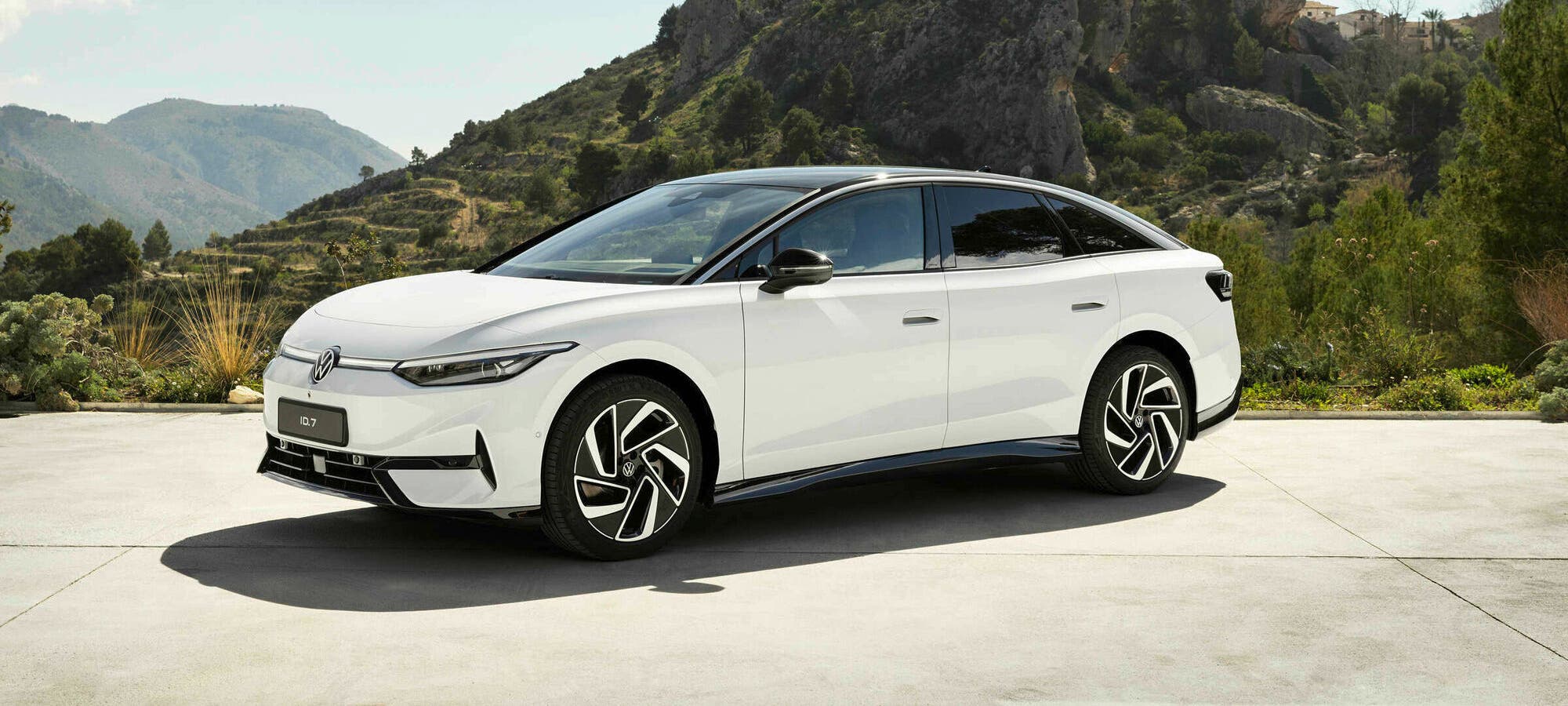Sign up for daily news updates from CleanTechnica on email. Or follow us on Google News!
Using sunlight to power a desalinization system is fairly simple to do, but what happens when the sun isn’t shining? The clever folks at MIT say they have the answer — a desalination system that runs with the rhythms of the sun to remove salt from water at a pace that closely follows changes in solar energy. As sunlight increases throughout the day, the system ramps up its desalinization process and automatically adjusts to any sudden variation in sunlight, for example by dialing down in response to a passing cloud or revving up as the skies clear.
Because the system can quickly react to subtle changes in sunlight, it maximizes the utility of solar energy, producing large quantities of clean water despite variations in sunlight throughout the day. In contrast to other solar-driven desalination designs, the MIT system requires no extra batteries for energy storage and no supplemental power supply, such as from a grid connection.
The engineers tested a community-scale prototype on groundwater wells in New Mexico over six months, working in variable weather conditions and water types. The system harnessed, on average, over 94% of the electrical energy generated from the system’s solar panels to produce up to 5,000 liters of water per day despite large swings in weather and available sunlight.
Desalinization In The Absence Of Steady Power
“Conventional desalination technologies require steady power and need battery storage to smooth out a variable power source like solar. By continually varying power consumption in sync with the sun, our technology directly and efficiently uses solar power to make water,” says Amos Winter, a professor of mechanical engineering and director of the Yang Global Engineering and Research (GEAR) Center at MIT. “Being able to make drinking water with renewables, without requiring battery storage, is a massive grand challenge. And we’ve done it.”
The system is geared toward desalinating brackish groundwater — a salty source of water that is found in underground reservoirs and is more prevalent than fresh groundwater resources. The researchers see brackish groundwater as a huge untapped source of potential drinking water, particularly as reserves of fresh water are stressed in many parts of the world. They envision their new renewable, battery-free system could provide much needed drinking water at low cost, especially for inland communities where access to seawater and grid power are limited.
“The majority of the population actually lives far enough from the coast that seawater desalination could never reach them. They consequently rely heavily on groundwater, especially in remote, low income regions. And unfortunately, this groundwater is becoming more and more saline due to climate change,” says Jonathan Bessette, an MIT PhD student in mechanical engineering. “This technology could bring sustainable, affordable clean water to under-reached places around the world.” Details of the new desalinization process are contained in a paper publish on October 8, 2024 in the journal Nature Water.
Desalinization By Electro-Dialysis
Electro-dialysis and reverse osmosis are two of the main methods used to desalinate brackish groundwater. With reverse osmosis, pressure is used to pump salty water through a membrane and filter out salts. Electro-dialysis uses an electric field to draw out salt ions as water is pumped through a stack of ion-exchange membranes. Scientists from MIT and elsewhere have looked to power both methods with renewable sources, but that has been especially challenging for reverse osmosis systems. They typically run at a steady power level that is not compatible with naturally variable energy sources such as the sun. The MIT researchers focused on electro-dialysis, seeking ways to make a more flexible “time-variant” system that would be responsive to variations in renewable, solar power.
In their previous design, the team built an electro-dialysis system consisting of water pumps, an ion-exchange membrane stack, and a solar panel array. The innovation in this system was a model-based control system that used sensor readings from every part of the system to predict the optimal rate at which to pump water through the stack and the voltage that should be applied to the stack to maximize the amount of salt drawn out of the water. When field tested, the system was able to vary its water production with the sun’s natural variations. On average, the system directly used 77% of the available electrical energy produced by the solar panels, which the team estimated was 91% more than traditional solar powered electro-dialysis systems.
Still, the researchers felt they could do better. “We could only calculate every three minutes and in that time, a cloud could literally come by and block the sun,” Winter says. “The system could be saying, ‘I need to run at this high power.’ But some of that power has suddenly dropped because there’s now less sunlight. So, we had to make up that power with extra batteries.”
Eliminating Batteries
In this latest work, the researchers looked to eliminate the need for batteries by shaving the system’s response time to a fraction of a second. It is now able to update its desalination rate three to five times per second. The faster response time enables the system to adjust to changes in sunlight throughout the day without having to make up any lag in power with additional power supplies.
The key to the nimbler desalting is a simpler “flow-commanded current control,” in which the system first senses the amount of solar power that is being produced by the system’s solar panels. If the panels are generating more power than the system is using, the controller automatically “commands” the system to dial up its pumping, pushing more water through the electro-dialysis stacks. Simultaneously, the system diverts some of the additional solar power by increasing the electrical current delivered to the stack to drive more salt out of the faster flowing water.
“Let’s say the sun is rising every few seconds,” Winter explains. “So, three times a second, we’re looking at the solar panels and saying, ‘Oh, we have more power — let’s bump up our flow rate and current a little bit.’ When we look again and see there’s still more excess power, we’ll up it again. As we do that, we’re able to closely match our consumed power with available solar power really accurately, throughout the day. And the quicker we loop this, the less battery buffering we need.”
The engineers incorporated the new control strategy into a fully automated desalinization system that they sized to desalinate brackish groundwater at a daily volume that would be enough to supply a small community of about 3,000 people. They operated the system for six months on several wells at the Brackish Groundwater National Desalination Research Facility in Alamogordo, New Mexico. Throughout the trial, the prototype operated under a wide range of solar conditions, harnessing over 94 percent of the solar panel’s electrical energy, on average, to directly power desalination. “Compared to how you would traditionally design a solar desalinization system, we cut our required battery capacity by almost 100 percent,” Winter says.
The engineers plan to further test and scale up the desalinization system in hopes of supplying larger communities — or even whole municipalities — with low cost, fully sun-driven drinking water. “While this is a major step forward, we’re still working diligently to continue developing lower cost, more sustainable desalination methods,” says Jonathan Bessette, one of the members of the research team. “Our focus now is on testing, maximizing reliability, and building out a product line that can provide desalinated water using renewables to multiple markets around the world,” adds MIT staff engineer Shane Pratt. The team will be launching a new company to bring their technology to market in the coming months.
The Takeaway
In their research paper, the MIT scientists point out that groundwater constitutes 98% of global freshwater sources and 50% of the world’s drinking water. Dependence on groundwater is highest in rural areas and in emerging economies, however the increasing salinity of groundwater, attributed to aridification and climate change, poses a growing concern, particularly to low and middle income countries. In arid and semi-arid regions, groundwater is commonly the only source of water in spite of widespread salinity beyond permissible drinking limits.
What they are saying without doing so directly is that access to clean drinking water is a growing problem that is exacerbated by changes in the Earth’s climate. A human can live for about 3 minutes without breathing or 30 days without eating, but only three days without water. While the news is filled with stories of catastrophic flooding, rising global temperatures are also responsible for an increase in desertification in other parts of the world. And what happens when people don’t have access to clean water? They go looking for it elsewhere. In other words, they become climate refugees. Is it possible this new technology from MIT could reduce the number of climate refugees in the future? It certainly seems that way.

Have a tip for CleanTechnica? Want to advertise? Want to suggest a guest for our CleanTech Talk podcast? Contact us here.
Latest CleanTechnica.TV Videos
CleanTechnica uses affiliate links. See our policy here.
CleanTechnica’s Comment Policy





